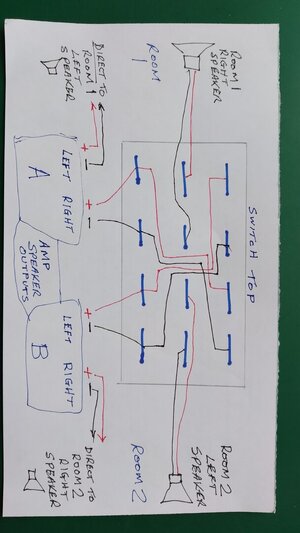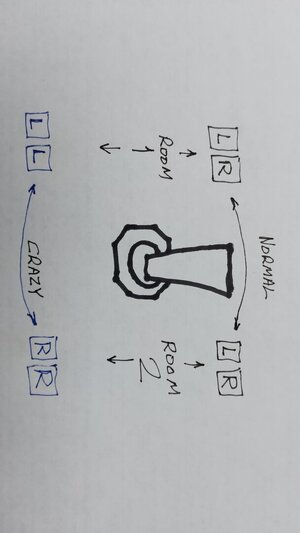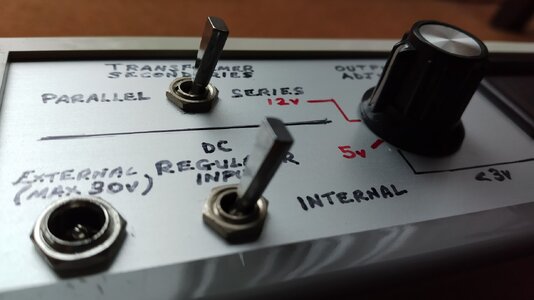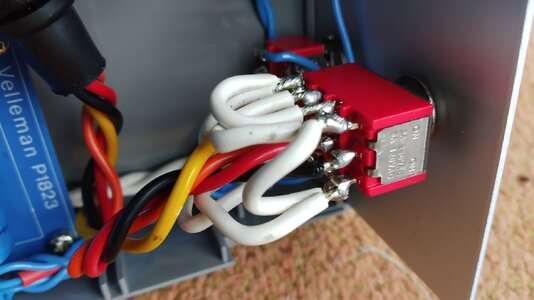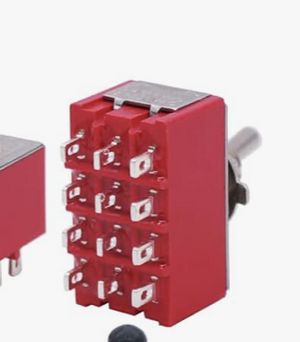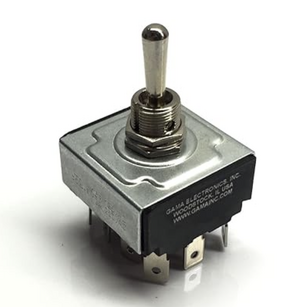I’m going to try this one more time…but this time I’ll try to include all the necessary information...i hope.
I have a Rotel RKB-D8100 amp with 8 channels pushing four sets of speakers.
I have two speakers in room 1 and two speakers in room 2, the other two sets are not important for this discussion.
When I’m in room 1 I have stereo sound, when I’m in room 2 I have stereo sound. In my open concept house between rooms 1 & 2 is my kitchen. When I’m in the kitchen I’d like to have the left channel coming from room 1 and the right channel coming from room 2.
I can accomplish this by manually switching the left wires for room 1 with the right wires from room 2 in the back of the amp but it’s inconvenient.
I’m wondering if anybody is aware of a switch that would accomplish this?
The Russound AB-2.2 doesn’t do this.
Not sure if this is pertinent but just in case...I have four sonos connects connected to the four sets of speakers all controlled by the sonos app in conjunction with spotify on my phone.
Thanks!
I have a Rotel RKB-D8100 amp with 8 channels pushing four sets of speakers.
I have two speakers in room 1 and two speakers in room 2, the other two sets are not important for this discussion.
When I’m in room 1 I have stereo sound, when I’m in room 2 I have stereo sound. In my open concept house between rooms 1 & 2 is my kitchen. When I’m in the kitchen I’d like to have the left channel coming from room 1 and the right channel coming from room 2.
I can accomplish this by manually switching the left wires for room 1 with the right wires from room 2 in the back of the amp but it’s inconvenient.
I’m wondering if anybody is aware of a switch that would accomplish this?
The Russound AB-2.2 doesn’t do this.
Not sure if this is pertinent but just in case...I have four sonos connects connected to the four sets of speakers all controlled by the sonos app in conjunction with spotify on my phone.
Thanks!

